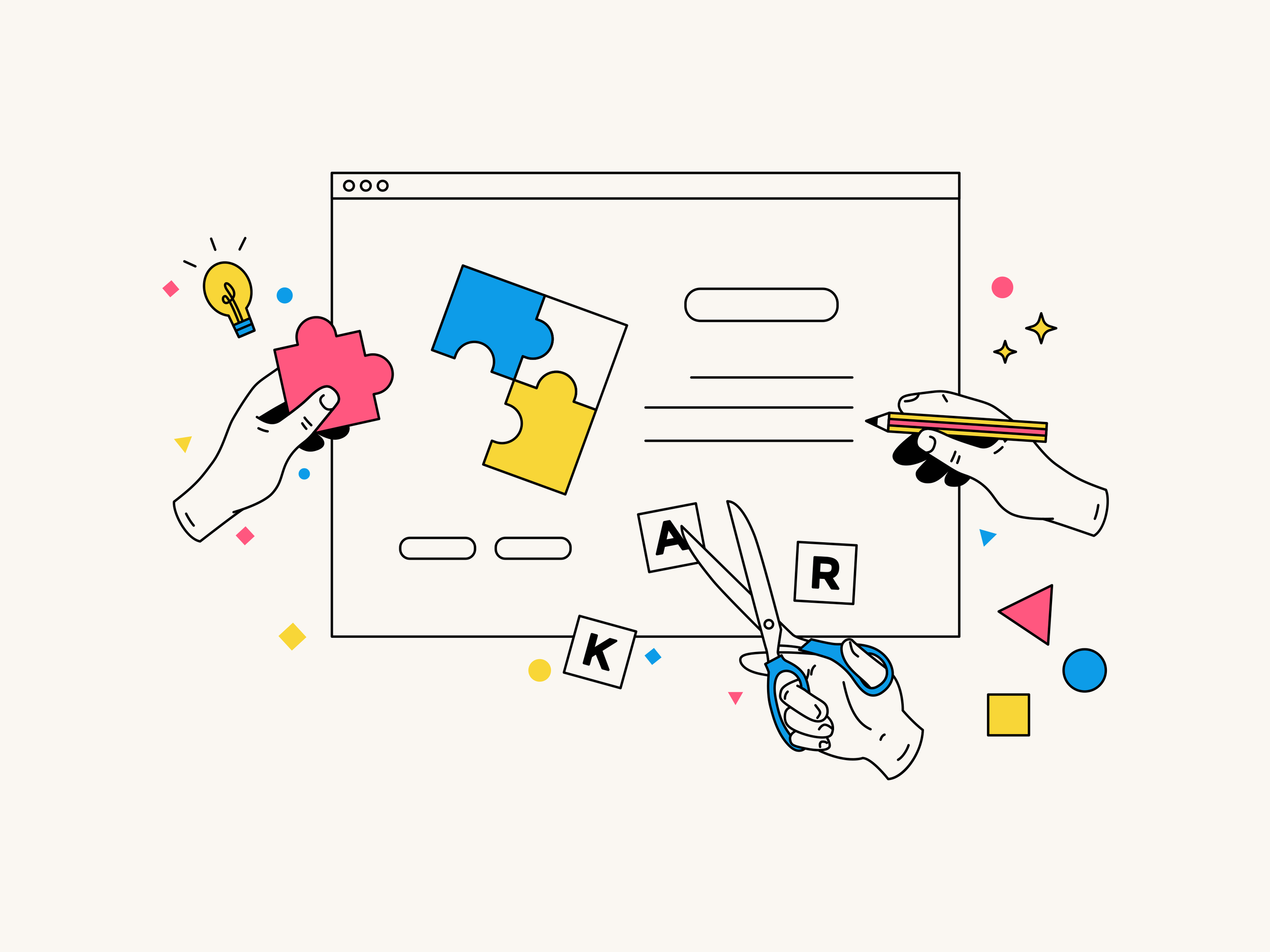Healthcare’s Impact on Design’s Future
How the healthcare industry’s unique needs shape the future of advertising interaction design.
Interaction design in healthcare is evolving rapidly, driven by the industry’s unique challenges and its focus on patient-centered care. These demands are shaping how we think about designing experiences in advertising—requiring empathy, accessibility, and innovation. Read on to see how healthcare is paving the way for the future of interaction design.
Designing for Higher Stakes
Healthcare interaction design is a whole different beast. It’s not just about aesthetics or usability; it’s about earning trust, ensuring accessibility, and, often, empowering users during vulnerable moments. This translates directly to advertising—campaigns must communicate clearly, build credibility, and create meaningful connections. For interaction designers, this means striking a balance between creativity and practicality.
Accessibility as a Foundation
Accessibility in healthcare isn’t optional—it’s foundational. Every interaction must work for users of all abilities, from patients with visual impairments to those with limited mobility. Features like keyboard navigation, alt text, and clear contrast ratios aren’t just “nice to have”; they’re non-negotiable. Healthcare’s focus on accessibility is pushing interaction design in advertising to meet higher standards of inclusivity, and frankly, it’s about time.
Trust is the Ultimate Goal
In healthcare, trust is everything. Patients need to know the information they’re receiving is accurate, clear, and actionable. This means transparency is non-negotiable, whether it’s in an app interface or a digital ad. For designers, this translates to creating experiences that communicate without confusion—removing jargon, prioritizing clarity, and focusing on usability.
Emerging Technologies Are Shifting Expectations
AI and other emerging technologies are transforming healthcare design. From chatbots offering tailored health advice to predictive analytics that anticipate user needs, the potential is huge. In advertising, these tools open the door for dynamic, personalized experiences, but they also demand a thoughtful approach. It’s not just about what’s possible; it’s about designing with privacy, ethics, and the user in mind.
What’s Next for Healthcare Advertising
As healthcare interaction design continues to evolve, advertising will need to evolve with it. The future isn’t just more tech; it’s better experiences—immersive tools like AR simulations, interactive educational modules, and patient-driven decision aids. Designers who can work within the unique constraints of healthcare while pushing creative boundaries will define what’s next.
